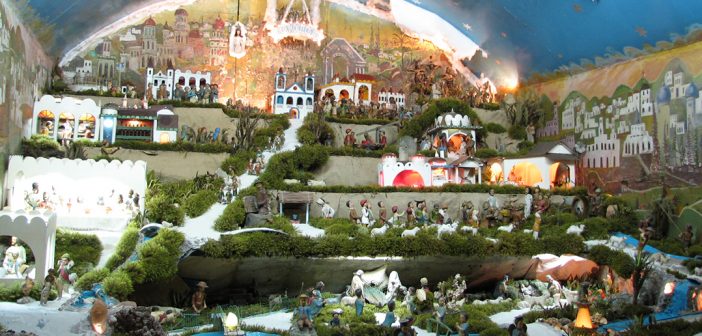This time of year is appropriate to present you a rich cultural attraction that is a source of pride for the inhabitants of Minas Gerais, Brazil, a state that has a fondness for culture blended with religiosity.
The Pipiripau Nativity, one of the most important constructions of the popular handcraft of Minas Gerais, is housed at the Museum of Natural History of the Federal University of Minas Gerais and is an important tourist point. This picturesque nativity has about 3,000 pieces, with 586 animated figures characteristic of Minas Gerais, representing not only chapters of Jesus Christ´s life when living in this world but also scenes of the simple life in a small town.
The inception of the nativity began in 1906 when Raimundo Machado de Azevedo, by then only a 12-year-old boy, started the construction of the first piece in his home. It has peculiar pieces, like a rooster that flaps its wings due to hinges installed under the feathers; a musical band; and an angel who collects coins and bows its head as a signal of thanks. Recently this “mechanical theatre” was under a total renovation and received modern installations, among them an auditorium that has capacity for 150 viewers who can comfortably see one of its four daily sessions.
The mechanism that propels the compound is a gigantic collection of gadgets made with recycled material, such as thread bobbin, buttons, bottles and parts of bicycles, often tied with string. The expertise for all this came from Raimundo’s time working at the workshop at the extinct “Central do Brasil” railroad company. The work has been made slowly along the years, with no pre-designed plan. Until 1927 it was operated mechanically, after which it received an electric engine that now provides energy to move the whole complex.
When you visit Belo Horizonte, don´t miss this wonderful and scenic theatre. You can have a better idea of the Pipiripau Nativity (“Presépio de Pipiripau”) in the following link.

















